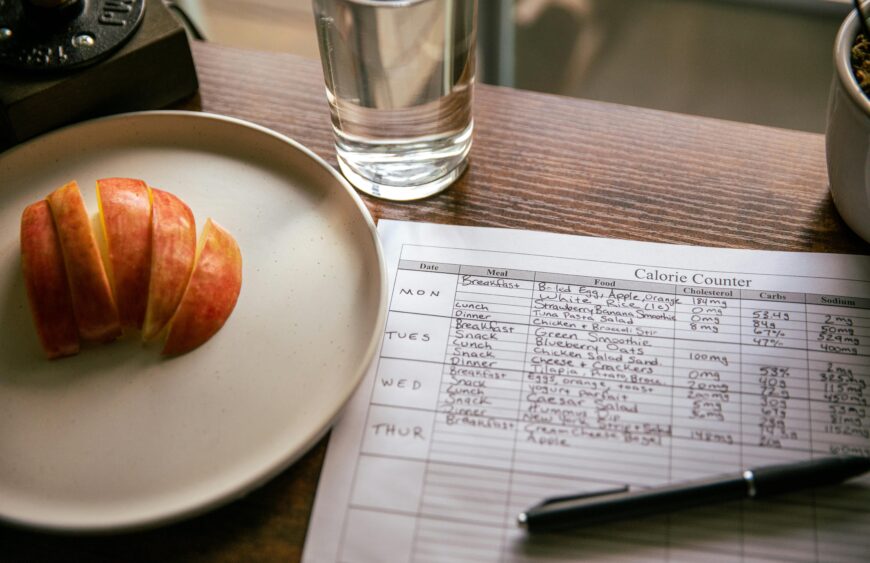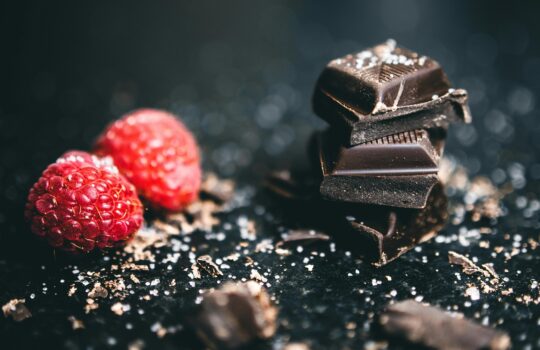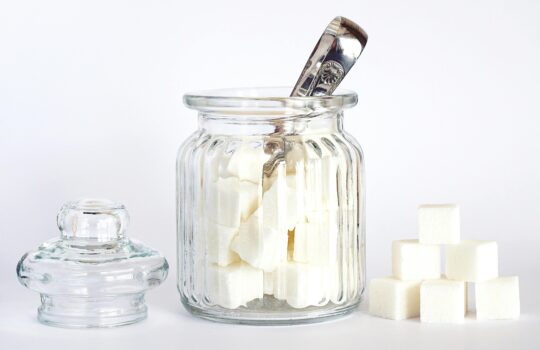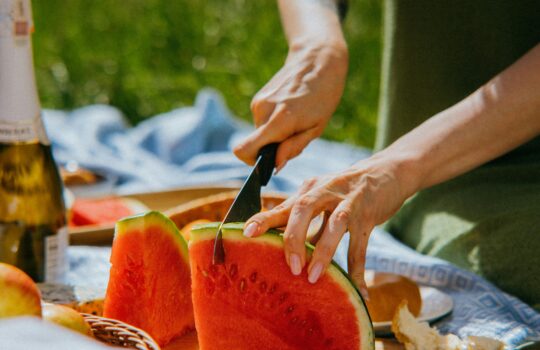If the idea of tracking every calorie feels stressful or unsustainable — you’re not alone.
The good news? You don’t need to count calories to eat in a healthy, balanced way.
In this guide, we’ll show you how to build a meal that:
Keeps you full
Fuels your body
Supports weight and energy goals
… all without touching a calorie calculator.
Let’s dive in 👇
The 4 Key Components of a Balanced Meal
A truly balanced plate has four main elements.
Here’s what they are — and how they work together:
Protein
Builds and repairs muscle, keeps you full longer.
Sources:
Chicken, turkey, eggs
Fish (salmon, tuna, sardines)
Tofu, tempeh
Legumes (lentils, chickpeas, black beans)
Greek yogurt
Healthy Fats
Support brain health, hormones, and long-lasting energy.
Sources:
Olive oil, avocado
Nuts & seeds
Nut butters (peanut, almond)
Fatty fish (salmon, mackerel)
Fiber-Rich Carbohydrates
Provide energy, aid digestion, and stabilize blood sugar.
Sources:
Quinoa, brown rice, oats
Sweet potatoes, squash
Legumes
Fruits and vegetables
Colorful Veggies
Packed with vitamins, minerals, and antioxidants.
Aim for at least 2 different colors on your plate.
Examples:
Leafy greens
Bell peppers
Broccoli
Carrots, beets, tomatoes
The 1–2–3 Formula (No Measuring Needed)
Use this visual method to build your plate — no weighing or logging required.
🍽 On a standard plate:
🥬 ½ plate = Non-starchy vegetables
🍛 ¼ plate = Protein
🍠 ¼ plate = Healthy carbs or whole grains
🥑 + 1–2 tbsp healthy fats (added or cooked)
💡 Tip: If your meal is a bowl, salad, or wrap — just think in these same proportions.
How This Helps Without Tracking
This approach naturally helps you:
Feel full (thanks to fiber, fat, and protein)
Reduce overeating and snacking
Keep blood sugar stable
Avoid obsessing over every number
It also encourages variety and nutrient density, not just restriction.
Real-Life Meal Examples
Here’s how this looks in action:
🍽 Example 1: Mediterranean Bowl
Grilled chicken (protein)
Quinoa (fiber-rich carb)
Roasted veggies + greens (non-starchy veggies)
Olive oil drizzle + avocado (healthy fats)
🍽 Example 2: Vegan Power Plate
Lentils (protein + carbs)
Sweet potato (carbs)
Steamed broccoli + red cabbage (veggies)
Tahini dressing (healthy fats)
🍽 Example 3: Breakfast
Scrambled eggs (protein + fat)
Whole grain toast (carb)
Sautéed spinach + tomatoes (veggies)
Drizzle of olive oil (fat)
Common Mistakes to Avoid
Only eating salads: Not enough protein or healthy fats = always hungry
Skipping carbs entirely: You need them — just choose better ones
Too much oil or dressing: Fats are great, but still high in calories
No color on the plate: Less variety = fewer nutrients
Final Thoughts
You don’t need to count every bite to eat healthy.
By focusing on:
Real, whole foods
Balanced portions
A mix of protein, fiber, fats, and color
…you’ll naturally eat in a way that fuels your body, supports your goals, and feels sustainable long-term.
Bonus Resource:
We’re adding a Visual Meal-Builder Guide (PDF) to our Downloadables soon — perfect for your kitchen or meal-prep planning. Let us know if you want early access!






